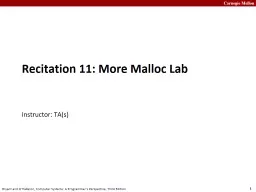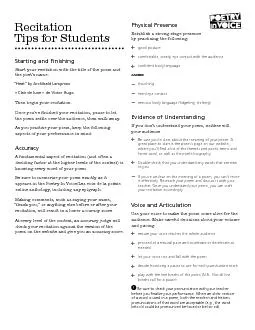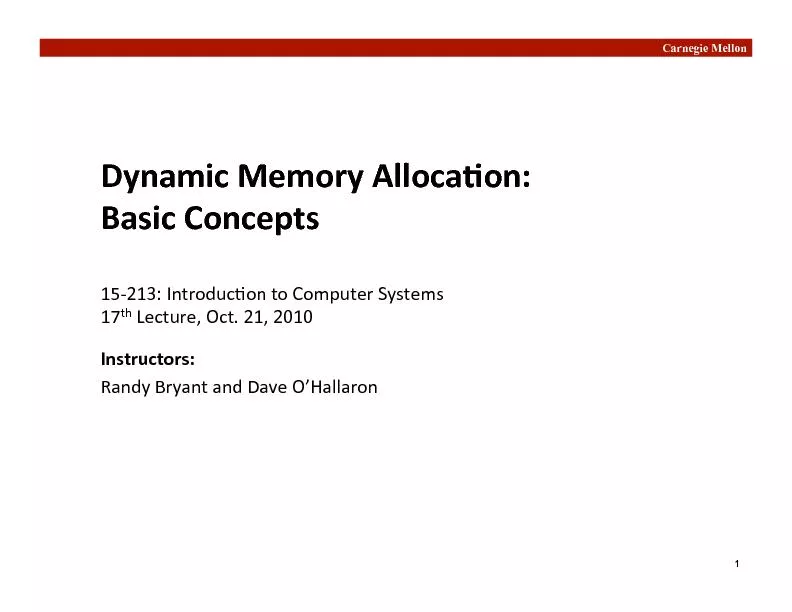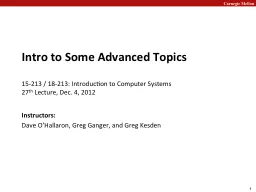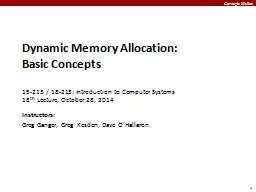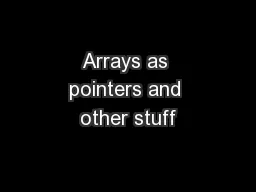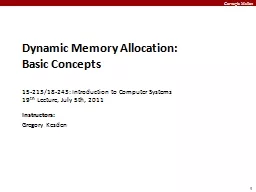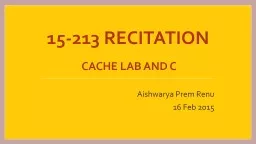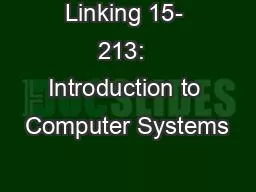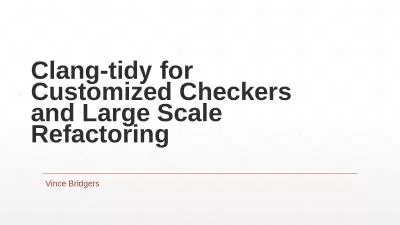PPT-Recitation 11: More Malloc Lab
Author : tatiana-dople | Published Date : 2018-10-09
Instructor TAs Understanding Your Code Sketch out the heap Add Instrumentation Use tools Sketch out the Heap Start with a heap in this case implicit list Now try
Presentation Embed Code
Download Presentation
Download Presentation The PPT/PDF document "Recitation 11: More Malloc Lab" is the property of its rightful owner. Permission is granted to download and print the materials on this website for personal, non-commercial use only, and to display it on your personal computer provided you do not modify the materials and that you retain all copyright notices contained in the materials. By downloading content from our website, you accept the terms of this agreement.
Recitation 11: More Malloc Lab: Transcript
Download Rules Of Document
"Recitation 11: More Malloc Lab"The content belongs to its owner. You may download and print it for personal use, without modification, and keep all copyright notices. By downloading, you agree to these terms.
Related Documents

